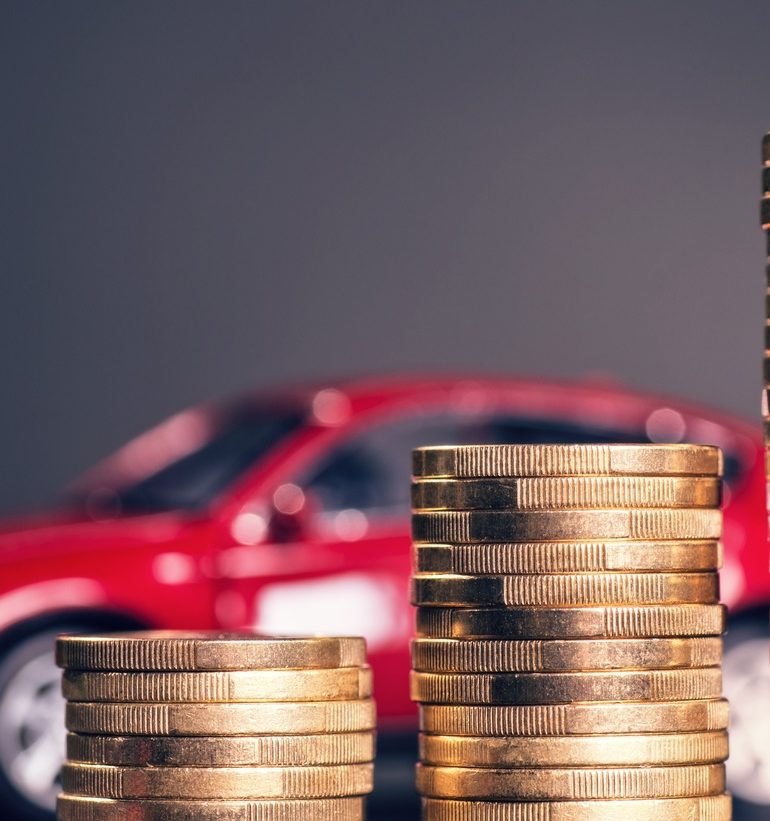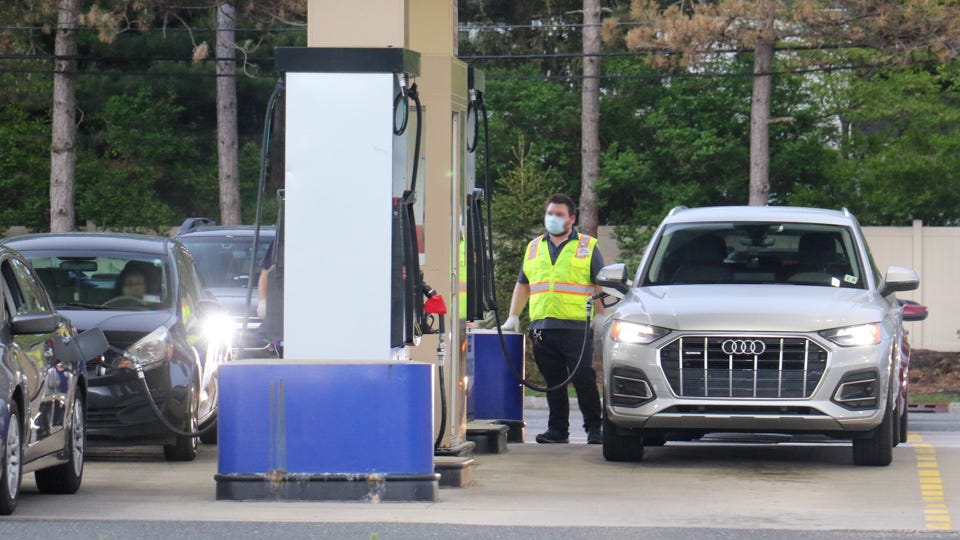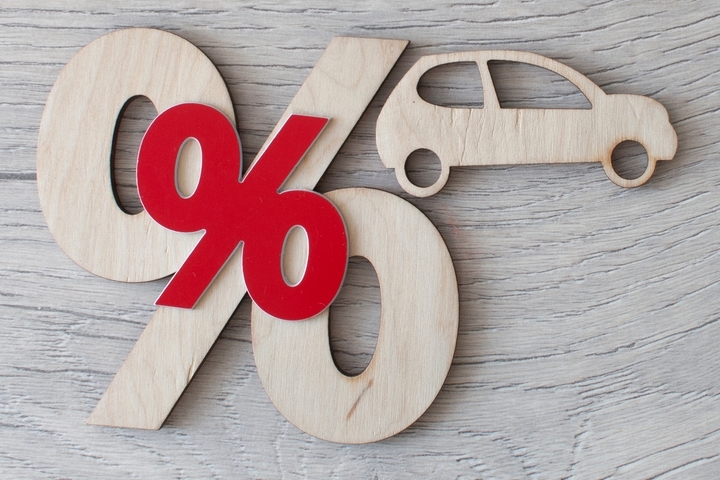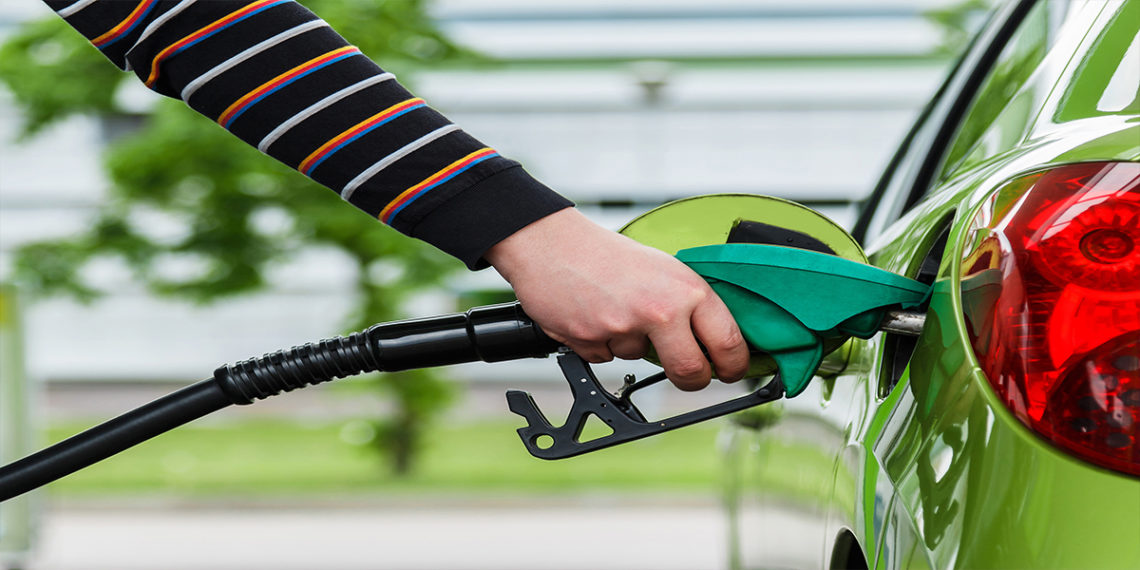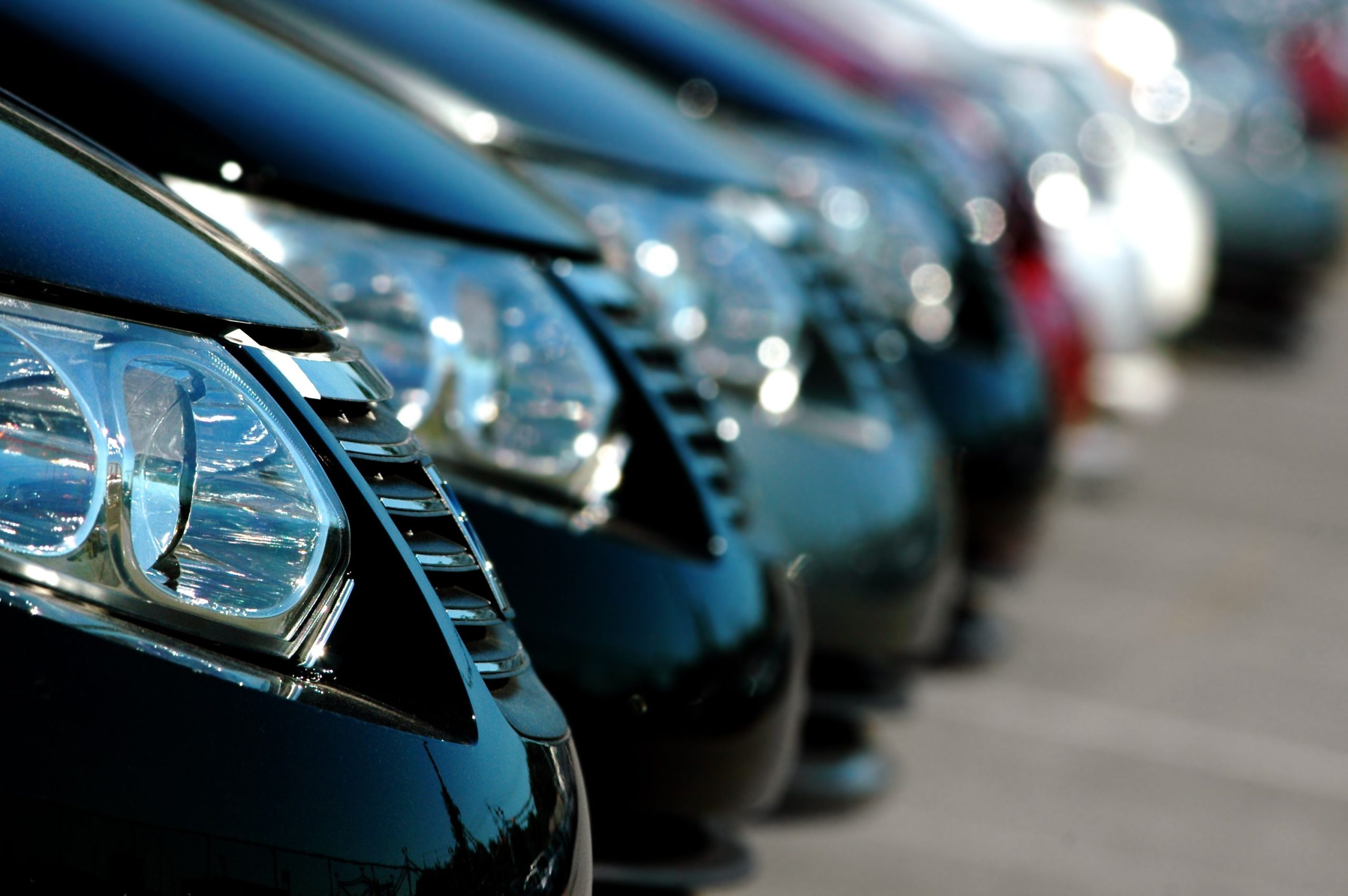Inflation is currently trending at near-record levels and is becoming impossible to ignore, especially considering how it directly impacts our daily lives. In 2021, inflation in the U.S soared to 7%, the highest number in four decades. The Automobile industry is not immune to inflationary pressures, and in fact, one of the current biggest drivers of inflationary rates is vehicle prices.
According to Business Insider, prices of new vehicles rose by about 11% in 2021, thanks to the lingering chip shortage and global supply constrictions. Used car vehicles have seen an even bigger spike, with costs soaring up to 31%.
Via Forbes
The scenario is not much different when it comes to gas prices. It has been trending ever upwards over the past year, helped along by the effects of the COVID-19 pandemic. Unfortunately, the ongoing Russian-Ukraine conflict has made the situation even more precarious. This is highlighted by the fact that Russia is the second-largest oil producer with the ability to influence global gas prices single-handedly, evidenced by the current situation.
The implication is that car ownership and maintenance are now a lot more expensive than they used to be. Even more disturbing is the fact that it’s the average household that often bears the brunt. Unfortunately, the solution is not often easy or clear-cut. For instance, private vehicles are indispensable in the lives of many families, and they can’t simply make the switch to public transportation in a bid to manage costs.
Managing Vehicle Costs as a Means of Combating Inflation
We are not utterly defenceless in the face of skyrocketing living costs, especially when it comes to expenses associated with vehicle maintenance. There are a number of simple strategies that can be deployed to combat inflation and keep running car costs within a reasonable limit.
Shop Insurance Providers
Via FemTech Leaders
Auto insurance is necessary to protect you financially behind the wheel of your vehicle and is often a mandatory legal requirement. As with other forms of insurance, vehicle insurance rates are based on the same principle: the higher the risk, the higher the premium.
However, it is essential to ensure that you are getting the best deal possible. Be sure to leverage available resources that allow you to easily cross-shop car insurance quotes, as if you haven’t switched insurance providers recently, there’s a good chance that you aren’t paying the most competitive rates available. Prices vary from company to company, and it pays to get at least three different quotes to make as informed a decision as possible.
More Efficient Driving
Via Taylor Autoglass
Aggressive driving – overspeeding, rapid acceleration and sharp braking – can increase fuel consumption by as much as 30% on highways and up to 40% in stop-and-go traffic. It is not only safer but more fuel-efficient to maintain a steady speed on the road alongside other smooth driving techniques.
Other tips revolve around cracking open your window in hot weather rather than turning on the air conditioning system. The state of your tires also directly influences the rate of fuel consumption. It is recommended that you check your tire pressures at least once a month to ensure they are within the optimal operating range. These are just some steps that can lead to valuable savings on gas costs over time.
Delay Vehicle Purchase
As the effects of the COVID-19 pandemic began to bite, people put off their decisions to purchase motor vehicles, new or used. Then we had the chip shortage crisis that hit the automobile industry. Dealers are currently struggling to find inventory for their showrooms, and intense competition has driven the prices of existing vehicle stock to unprecedented levels.
According to Tyson Jominy, J.D. Power’s vice president of data and analytics, car shoppers are settling for smaller incentives. Some even have to pay sticker (or above) prices to secure their purchases.
Sam Fiorani, vice president of global vehicle forecasting at AutoForecastSolutions, opines that automakers are slowly regaining their footing. Fiorani highlighted the gradual slowing down in the level of new factory production cuts as an indicator of change in the right direction.
Manufacturers are also exploring new chip sources, and they have had some success building cars without some of the electronic features that require chips. Still, he notes that shoppers shouldn’t expect to reap the benefits instantly, but it may be wise to exercise patience and ride out the current wave of supply chain uncertainties and high prices.
Shop for Less Popular Vehicle Trims
Via Car and Driver
There are times when shopping for a new vehicle becomes inevitable and may actually be the most economical option – for instance, certain vehicle repairs simply do not justify the capital outlay, and one might be better off just buying another one altogether.
Shopping for a new car in ‘normal’ times is often pretty daunting; today, it can be an absolute nightmare. However, a few recommendations can help smoothen out the experience. Today, pick any car or truck model, and the chances are that it’s available in at least four (or more) trim levels. Some trim levels, though, tend to be less popular than others, and that’s where you may want to focus your attention. Dealers are often more willing to push out these models from the lots, and a diligent search might reward you with a bargain deal.
Also, you may want to rank the options and features that are most important to you in a vehicle. Identify the ones you are willing to forgo in place of more favourable pricing, and you might just end up with a car within your budget.
With electric and hybrid vehicles becoming more popular with the average consumer, it’s another way of saving at the pump.
Other Strategies
In addition to the recommendations above, there are other ways to manage your vehicle costs and keep them within acceptable limits. You can ask for higher deductibles to reduce your collision and comprehensive coverage costs. It also pays to obtain your home and auto insurance from the same provider, as many insurance companies will offer discounts on bundles like this.
Ways to save on gas include using apps to track where to fuel up at the cheapest rates. Significant savings can also be made by being more deliberate about your trip – one major trip instead of several little journeys. You can also combine the use of your private vehicle with public transportation where necessary.
The effects of inflation filter down to individual households through different channels – car ownership being one of them. However, we are not entirely helpless. As far as car ownership is concerned, this article has demonstrated that there are several methods to minimize how much inflationary pressures can put a crimp on our daily existence.


